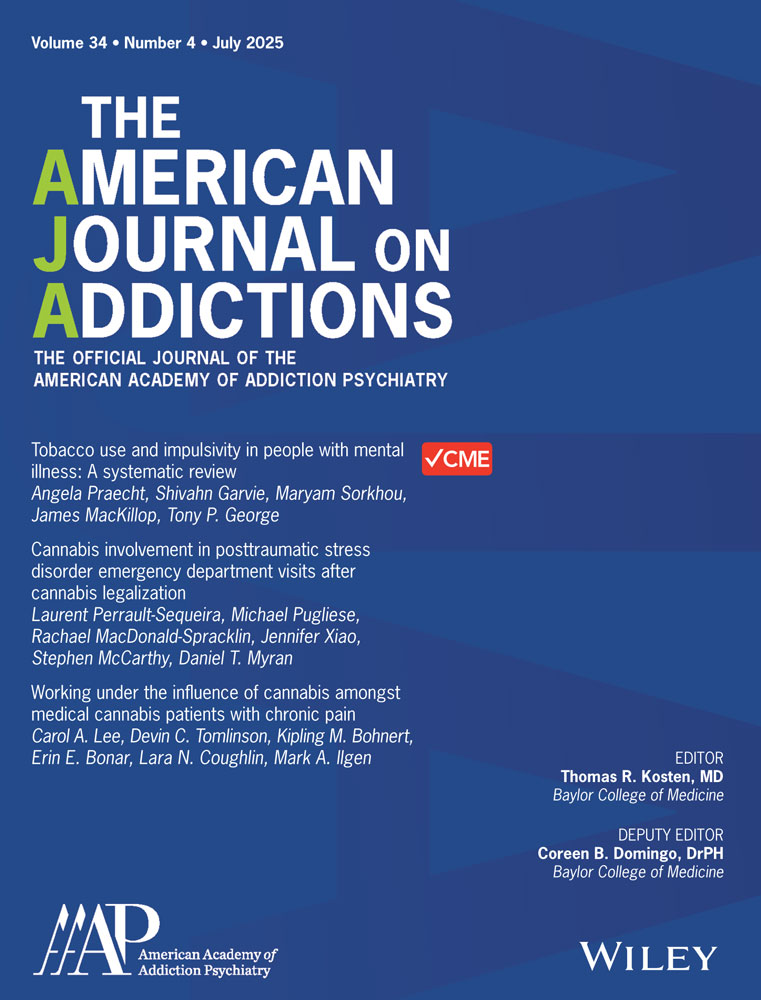Dextromethorphan and Quinidine Combination for Heroin Detoxification
Abstract
Dextromethorphan (DM) is a low-affinity, non-competitive NMDA receptor antagonist that has shown promise in preclinical and preliminary clinical studies for the reduction of opioid withdrawal symptoms, but when used at higher doses, it is associated with deleterious side effects attributed to its metabolite, dextrorphan. A clinical trial was therefore conducted to test the withdrawal-suppressant effect of a combination of dextromethorphan with quinidine (DM/Q). Quinidine inhibits the metabolism of dextromethorphan, reducing dextrorphan levels. Opioid-dependent patients were admitted to an inpatient unit, stabilized for three days on morphine (25 mg, sc, every six hours), and randomly assigned on day 2 to DM/Q (30 mg/30 mg, twice a day) (n = 22) or matching placebo (n = 9) prior to the discontinuation of morphine on day 4. Withdrawal symptoms, measured with the Modified Himmelsbach Opioid Withdrawal Scale (MHOWS), increased significantly on days 4 and 5 (Z = 3.70, p = .0002), and by day 6, 90% of the sample (28/31) had dropped out of the study. There were no differences between treatment groups on either outcome measure. The combination of dextromethorphan and quinidine appears ineffective as a primary treatment for opioid withdrawal. Future studies should examine dextromethorphan as an adjunct to other anti-withdrawal medications and focus more on the relationship between dextrorphan levels and withdrawal suppression.




